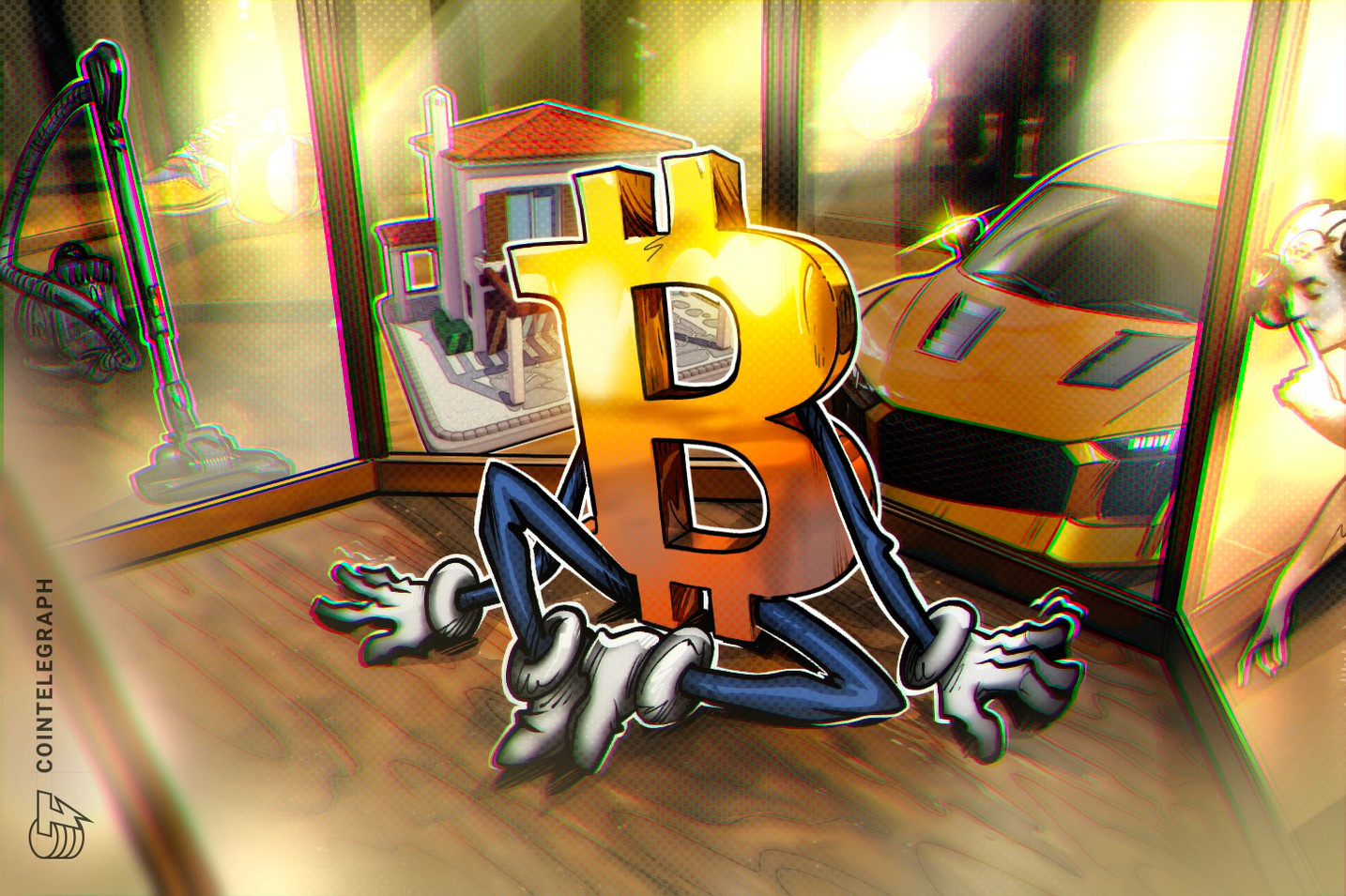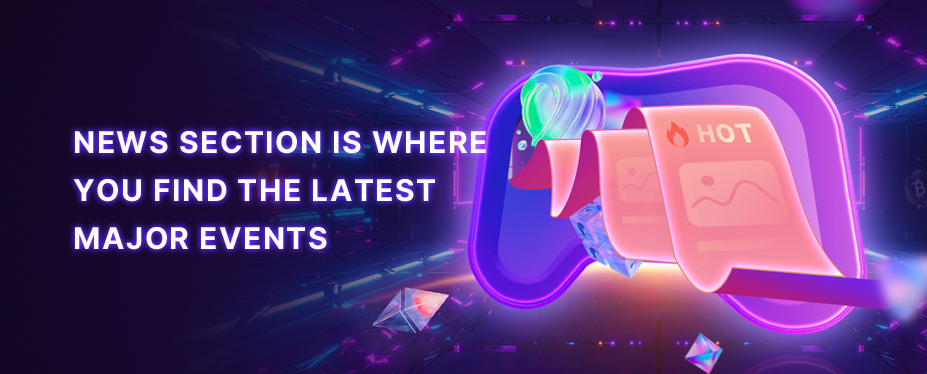How to tokenize real-world assets on Bitcoin

The way the world thinks about ownership and investing is shifting fast. Tokenization of real-world assets (RWAs) is rising as a concept that promises to reshape how you interact with everything from real estate to art.
Now it’s even possible to do this with the support of the crypto mothership that is Bitcoin blockchain. By the end of this article, you’ll understand why and how to tokenize real-world assets on Bitcoin. Plus you’ll find out the use cases and potential challenges in the process.
Why use Bitcoin for RWA tokenization?
Tokenizing real-world assets (RWAs) on a blockchain delivers several benefits, ranging from leveled-up liquidity to improved transparency. While a fleet of blockchain platforms can offer tokenization features, Bitcoin stands out as a top choice thanks to its unparalleled security, industry recognition and robust infrastructure.
- Bitcoin’s proof-of-work (PoW) consensus mechanism has shown exceptional resilience against hacks and attacks over its history. This security is a cornerstone of keeping assets shielded from tampering and fraud. This is critical in providing peace of mind for investors and asset holders.
- As the most widely recognized and adopted cryptocurrency, Bitcoin
BTCoffers a large active user base. Using Bitcoin for tokenization attracts the widest possible audience and user base, which in turn delivers liquidity and marketability of assets.
- The decentralization and immutability of blockchains like Bitcoin reduce the risk of centralized control, alteration or fraudulent behaviors. It guarantees the accessibility and authenticity of tokenized assets to maintain trust and integrity of ownership.
Various ways to tokenize RWAs on Bitcoin
While Bitcoin itself is not natively designed for tokenization like Ethereum or other smart contract platforms, there are several approaches to achieve this.




